Dynamic and robust technologies like Augmented Reality (AR) and Virtual Reality (VR) amaze, amuse and educate us. We find them novel and readily connect with them.
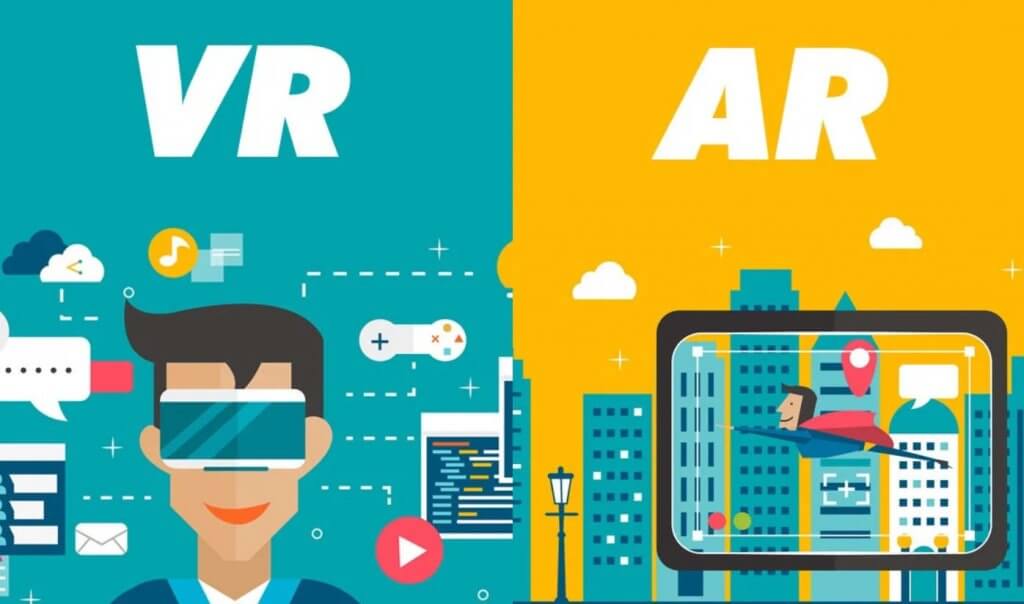
For a long time, these technologies have been known to be used only in video games. Today, these didn’t just come onto the forefront but are becoming indispensable in building strong customer relationships and marketing structures.
Do you want to use AR/VR for branding?
Want to know how?
Read on!
Why is Customer Experience (CX) so important?
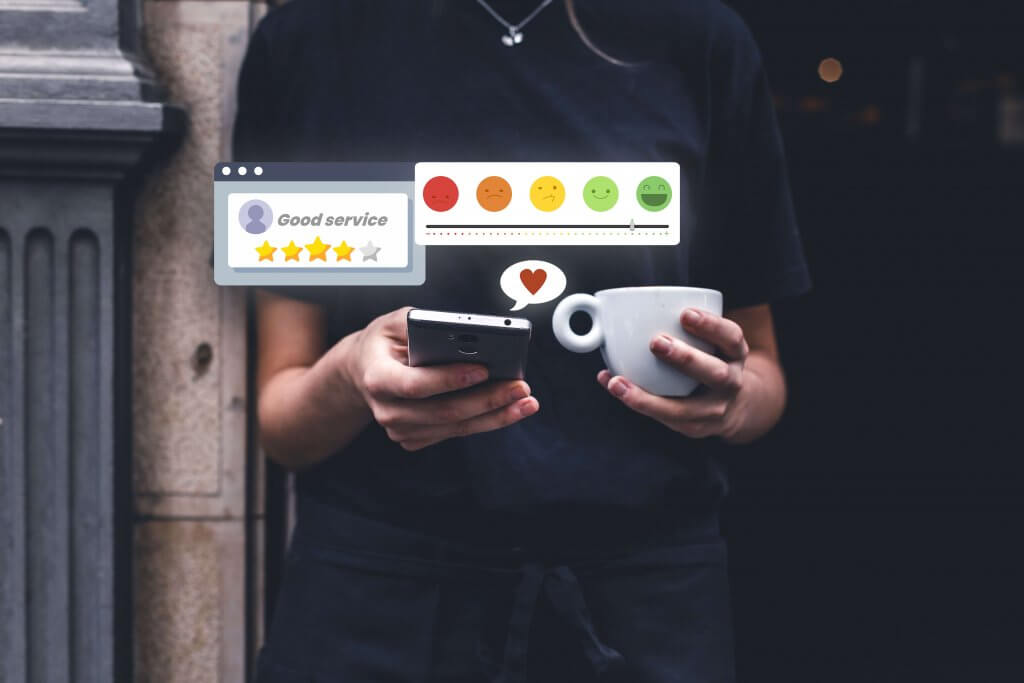
A pool of stellar customers is essential for your company’s survival. You can have the world’s best products or services, but if your customer service sucks, so will your ROI.
Let’s face it:
After buying from you, a customer wishes to return the product. They dial your customer service, but they must wait for long before speaking to an executive.
Nowadays, most would turn away if you tell people to write you an email or call multiple times. They just don’t have the time!
Customer service doesn’t necessarily begin post-sales, by the way. It’s about creating a unique and remember-worthy customer experience, from invoking interest and continuing it post-sales.
For instance, potential customers visit your website and get a general idea about what they want to buy. They still need some clarification, but sadly, there’s no one to reach out to immediately.
They want to buy it right now, and other sellers will be happy to provide it if not you.
If you want long-term customer satisfaction and brand loyalty, you must make them feel wanted, seen, heard, and cared for. Buyers don’t have any issue in paying a higher price for such an experience!
Here are the central pillars for building an enviable customer experience:
- Speed
- Friendliness
- Convenience
- Human connection
Since the Covid pandemic, companies have struggled to figure out the sudden short-term change in consumer behavior.
Technologies like immersive experiences can help considerably to enhance your company’s CX.
These new technologies are Augmented Reality and Virtual Reality.
AR and VR: What are they?
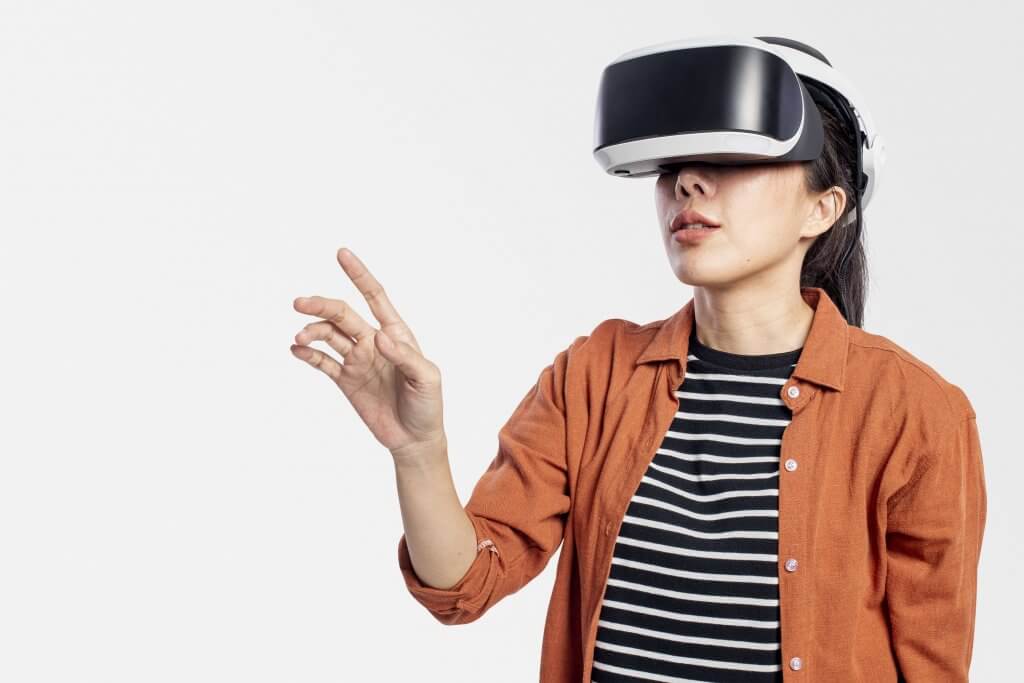
AR and VR are powerful technologies that can take your CX to a new level, regardless of whether you’re offering a product or service.
However, which one’s the best for your customers?
Your first step is to know about these technologies. After that, you can start thinking about integrating them into your CX building strategies.
Virtual Reality
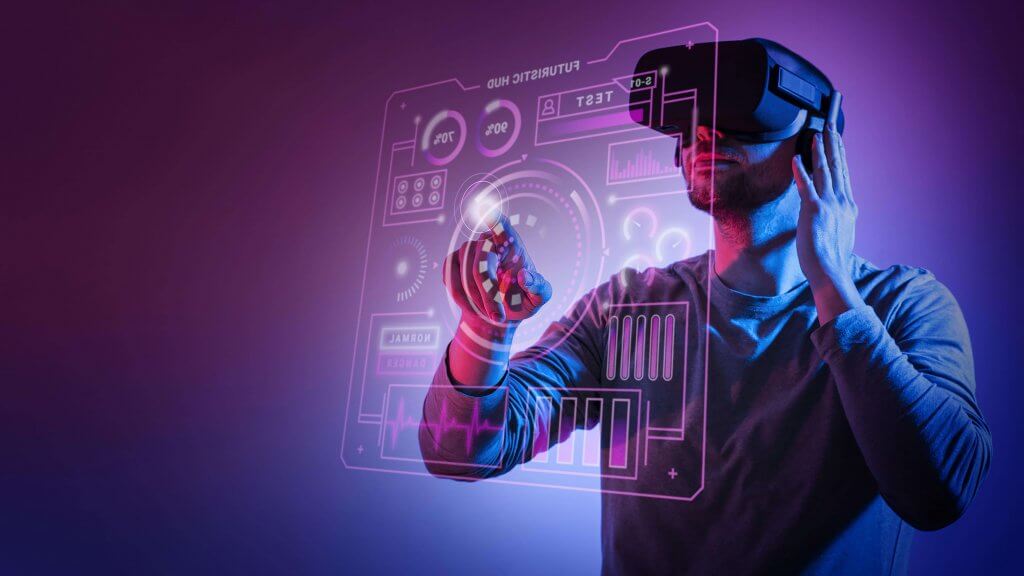
Virtual Reality takes a user to a realistic world – it resembles the real world, produced with elements for its look and feel.
For instance, using Google Earth 360 Degree image bubbles, users are transported to the middle of actually photographed areas.
On the other hand, Chat platforms like Second Life and IMVU have developed virtual worlds where users can create virtual avatars and interact with others and the virtual world.
VR transports a user to a completely different realm with a uniquely immersive quality. It is the same quality that marketing teams worldwide are now revving up to utilize for promoting brands – its products, services, and CX efforts.
To experience VR, you must use special equipment like HTC Vive, PSVR and Oculus Quest. With these, you can see, hear and even feel the virtual universe!
No one can deny how memorable and compelling VR is. This superpower attracts attention and appeals, something that makes using VR a good idea for boosting CX.
Augmented Reality
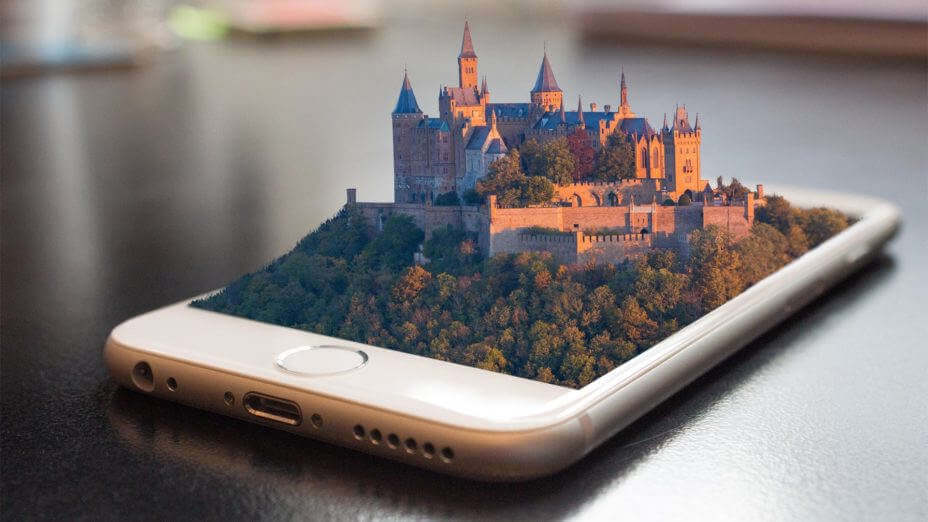
While VR transports you to a computer-generated world, AR combines real and virtual worlds, blurring the lines by overlaying the physical world with virtual digital content.
Pokemon Go and Snapchat image filters are great examples of AR.
While it’s true that to experience a top-tier AR experience, you’ll need special equipment like Microsoft Hololens; you can access most AR experiences with smartphones and tablets. However, this technology isn’t available to the mass because of a major roadblock – ease of accessibility. Another problem is that AR doesn’t provide VR’s immersive environment.
That said, you can easily view and share AR content with friends, significantly augmenting their mobility potential. This is something that VR cannot offer.
Why are companies investing in AR/VR for their CX?

Smart device users are only increasing each year. Naturally, consumers today rely more on digital technologies to make and complete buying decisions and get post-purchase support. It is where immersive technologies can offer a fantastic, novel tool to support your CX strategy.
Let’s go through some of the crucial reasons why different companies are now using AR and VR technologies:
Providing deep connections with brands through immersive experiences
With AR and VR, you can immerse your customers in beautiful virtual worlds, impress them with AR content on handheld devices, and make their lives easier with post-purchase support.
These technologies can only be used throughout the entire customer’s journey but also for all types of customers.
AR and VR are here to stay. Use them to augment your CX and enhance brand image and loyalty.
Supporting customers to make informed decisions
Realistic, immersive, and interactive content is an ideal tool to help customers make informed buying decisions.
Retailers – from car sellers to cosmetic sellers, are providing “Try-Before-You-Buy” facilities. These are useful for AR customers to get an accurate visual frame of reference, based on which they can make their purchase decisions.
Providing practical post-purchase customer service
Immersive technologies can give you a lot more than marketing gimmicks and they can provide support through each stage of a customer’s journey.
Take Nespresso’s Augmented Reality descaling instructions, for instance.
Customers can unlock a video guide after scanning the package with their mobile phone. While not visually stunning or very sophisticated, it improves CX by solving their core problem-confusion about using the product.
How AR/VR is Transforming Experiences Across Different Sectors
Virtual car showrooms
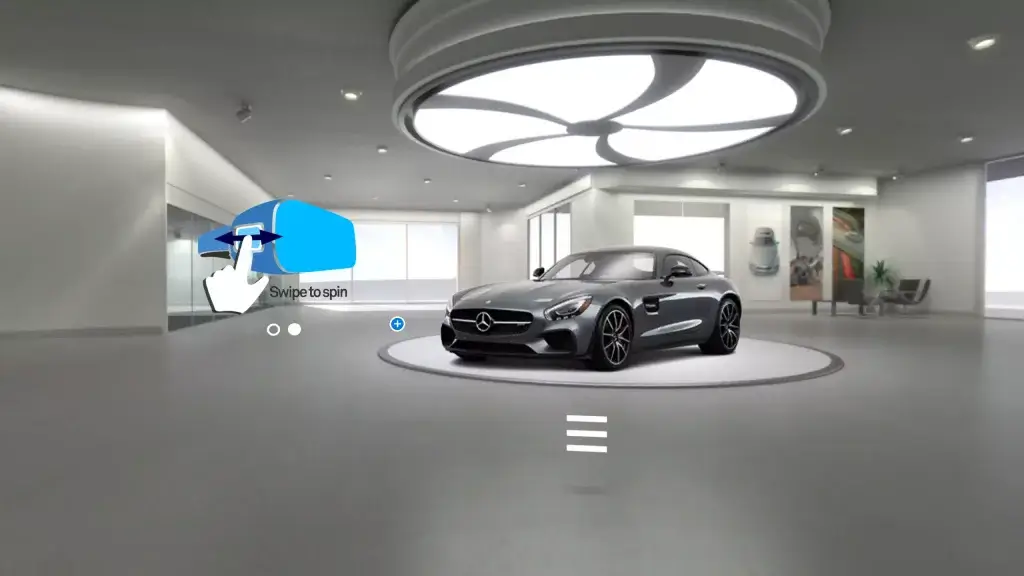
For car retailers, immersive technologies are heaven-sent!
A car purchase is one of the more significant financial decisions customers make, which makes it all the more crucial for retailers to guide their target audience toward making a possible purchase properly.
It is where immersive tech is so valuable. Whether in physical or virtual environments, they can aid customers in visualizing their experience in a virtual model of their dream vehicle.
Here’s how well-known brands have introduced this technology to improve CX and boost sales:
Down the line, more car manufacturers will start using AR-based tech to improve CX, sales and customer loyalty.
Experiential marketing
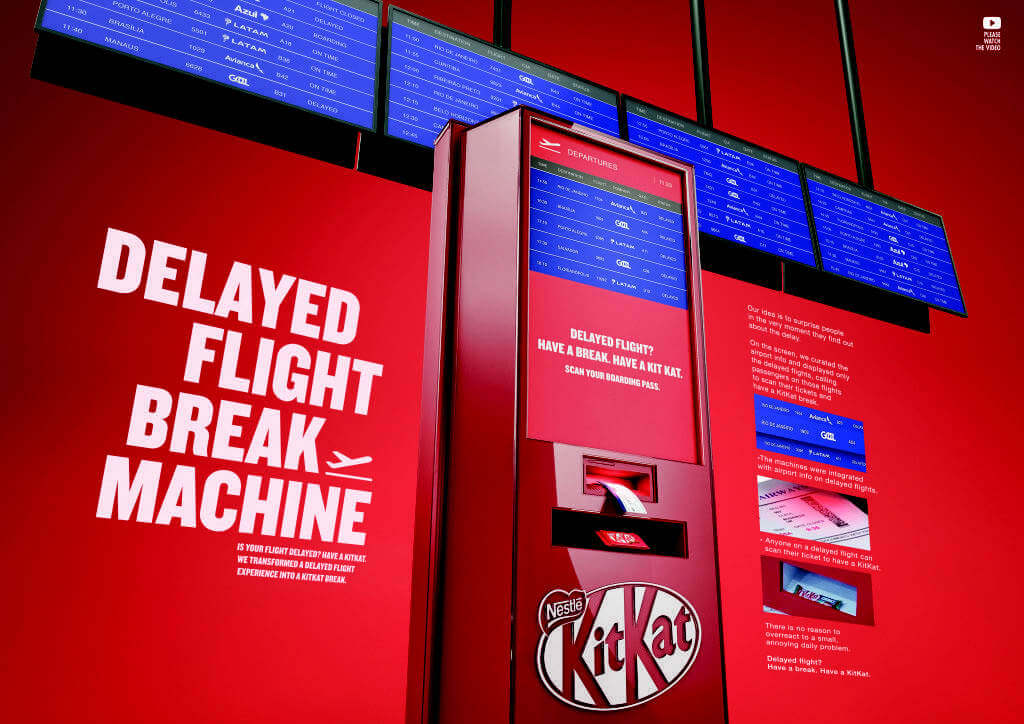
When customers develop an emotional bond with your company, they’ll invest more time learning about it and create a more robust loyalty to the brand.
But how can you create such an emotional bond with a customer?
With experiential marketing!
Experiential marketing uses a combination of imagery, storytelling and cutting-edge immersive tech to create unique real-time content, which makes the coveted emotional bond with customers.
Nike and TOMS have used these technologies to reach millions of people, tell stories, and help children in need.
Nike and Footlocker- LeBron James AR campaign
TOMS VR campaign for giving shoe donations to Colombian children
Architecture
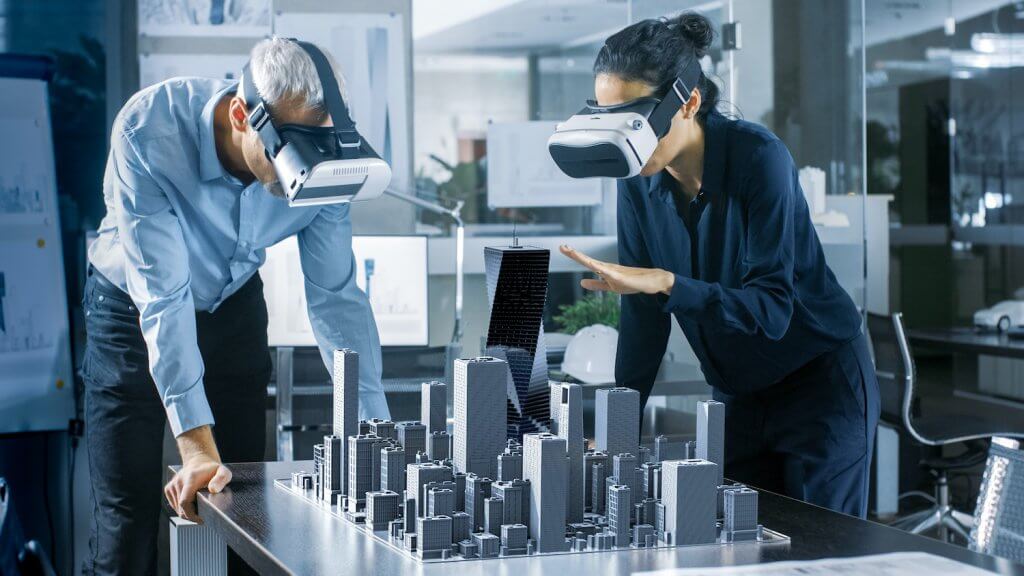
In architecture development, immersive technologies can play a significant role.
You can use VR with 2D and 3D animation to bring a plan to life, letting clients immerse themselves in their future home’s virtual version. They can see, hear, feel and even walk around their furnished apartment, all before a single brick has been laid.
This is precisely what the BBCs series highlights.
As a result, architecture development companies improve CX significantly, and it also helps all parties to detect and address issues in the initial stages.
Fashion and cosmetic retail
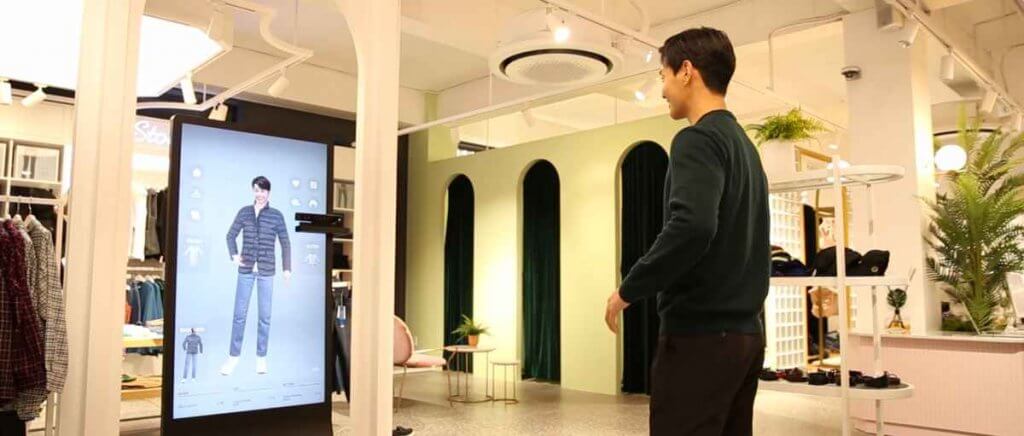
In fashion and cosmetic retail, AR and VR can make purchasing decisions streamlined with virtual changing rooms. With a “Try Before You Buy” feature, customers can try products out before arriving at a final decision. You can do all these from a brand’s dedicated AR app, such as Asos’s mobile app. Customers can streamline final choices based on their body shape and taste, dramatically decreasing the chances of negative CX.
Cosmetic brands aren’t far behind.
Brands like L’Oreal and Chanel are using AR CX, giving customers to try out products on their virtual faces. The benefits of these include more than helping build a positive CX. This lets customers share these images with family and friends through social media, which ultimately aids in spreading the word.
Using AR is ideal, not just for making online purchases.
The pandemic has taught us that in-store visits and physical changing rooms may become redundant. In its place, AR can help brands remain competitive while keeping customers engaged with novel technologies.
Tourism and hospitality
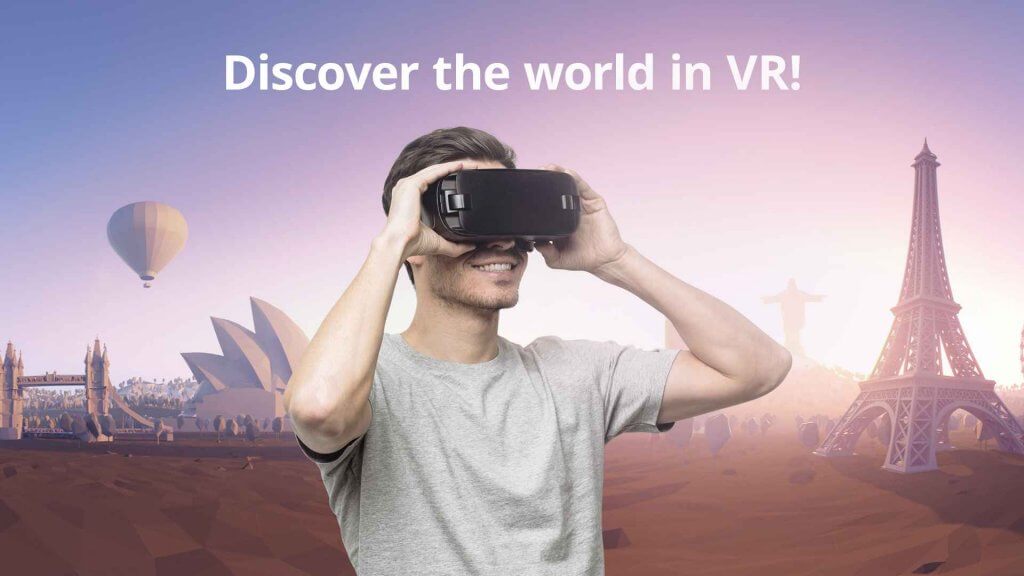
The pandemic forced people to limit travel, increasing their desire to experience the world. For now, though, that can be risky.
The tourism and hospitality industries were devastated by Covid-19, but they are coming back. Some companies and organizations have introduced 360-degree virtual tours of resorts and tourist destinations to convert viewers into tour package buyers.
4 Major Challenges which prevent AR/VR Growth
You have seen what AR and VR are, their benefits and how companies worldwide use them.
But why is their implementation so slow?
Why aren’t more companies using them?
What are the challenges that stare companies in the face?
Glad you’ve asked!
Here are the challenges faced by companies which desire to utilize these technologies.
Limited User Features
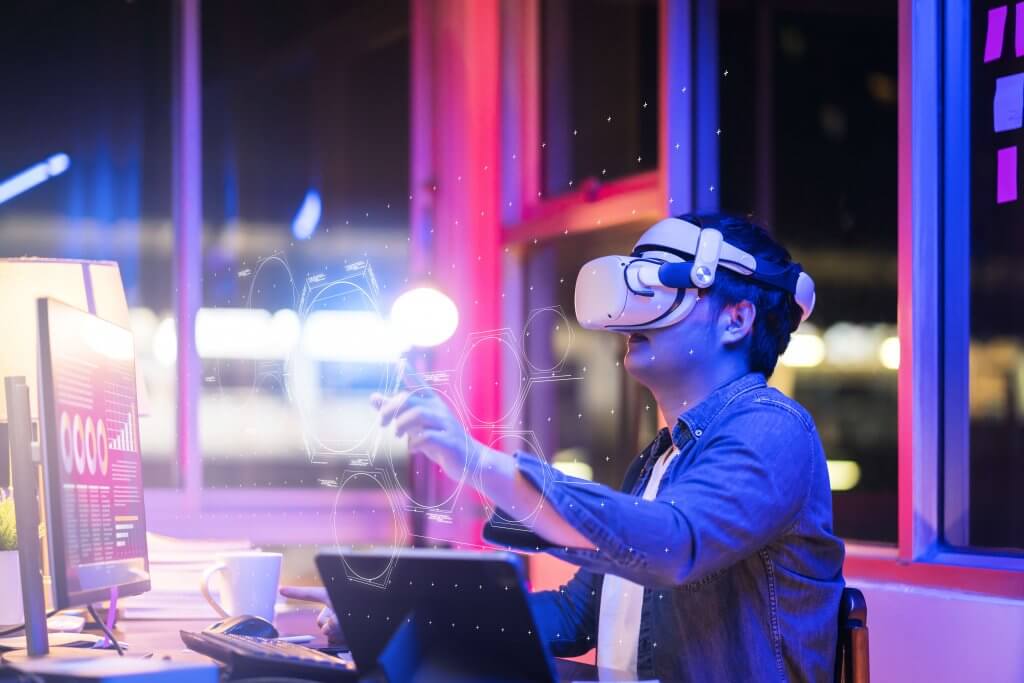
Most devices are incapable of giving customers the whole AR/VR experience. To get the complete experience, one must buy expensive, sophisticated devices.
Contemporary devices face several issues, ranging from battery consumption to display. However, you should remember that these devices are not meant to provide the complete AR/VR experience but to serve as an entry point for these technologies into the mainstream market.
Limited Use Cases
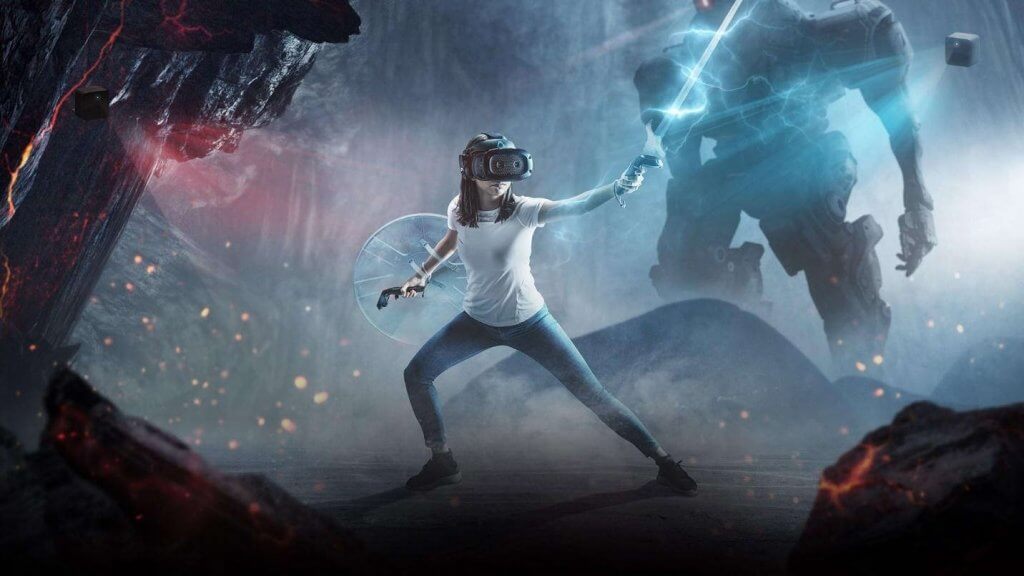
Fascinating as these technologies are, they continue to serve niche sectors. AR/VR tech doesn’t interest most people, except for gamers and techies.
If the world’s top companies hadn’t backed Google Glass, it would have died an early death. With a price tag of $1000, Google Glass wasn’t appealing to people.
Even today, only hardcore gamers and techies buy such gadgets. However, companies continue to funnel millions to AR/VR R&D.
While this is a low-level challenge, the issues inherent in AR tech pose a significant challenge. For instance, Google Glass did not provide an authentic AR experience and it just projected digital data onto the wearer’s field of vision without adding real-world benefits.
Aesthetics and Comfort
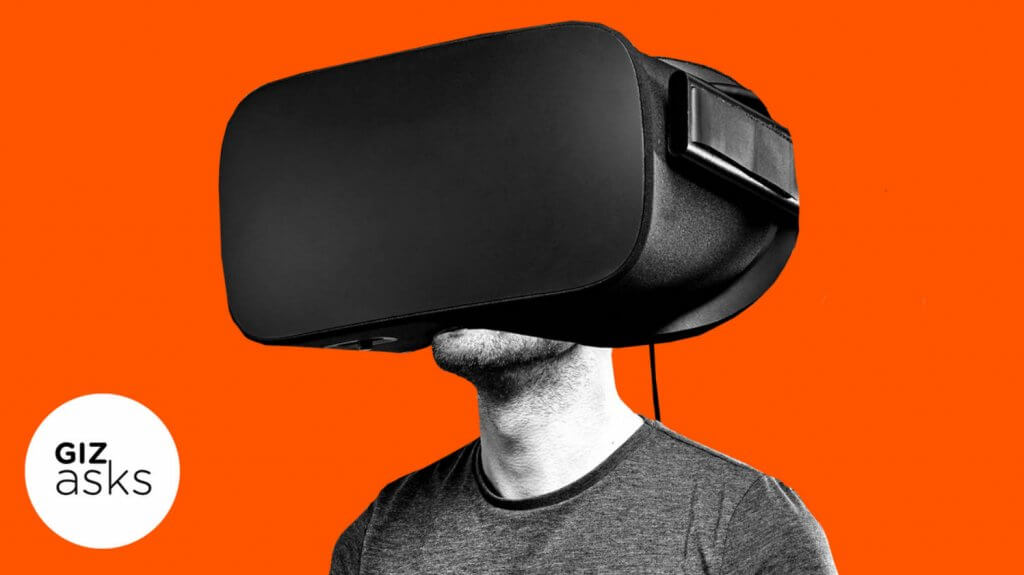
Contemporary AR/VR wearables are bulky, which is not something customers like. It makes prolonged usage quite uncomfortable.
According to reviews carried out by AR/VR device manufacturing brands, comfort translates to temperature, shape, texture, weight and tightness.
Additionally, users don’t want these devices to hinder natural movement.
Digital Fatigue

People prefer taking a break from interacting with devices to interact more with the natural world. While there’s a little problem with using TV and cell phones, being in a virtual world can be exhausting for most.
The bottom line
Addressing and improving CX is not an option; your business must survive and thrive in this competitive corporate environment.
The pandemic has affected lives and enterprises worldwide, but it has also reinforced how vital customer relationships are for a company. For the times we live in, using AR and VR technology is the answer.
So how about you?
Will you use AR/VR for branding in your marketing strategy? Try them and write to us to inform us how they benefit your brand.


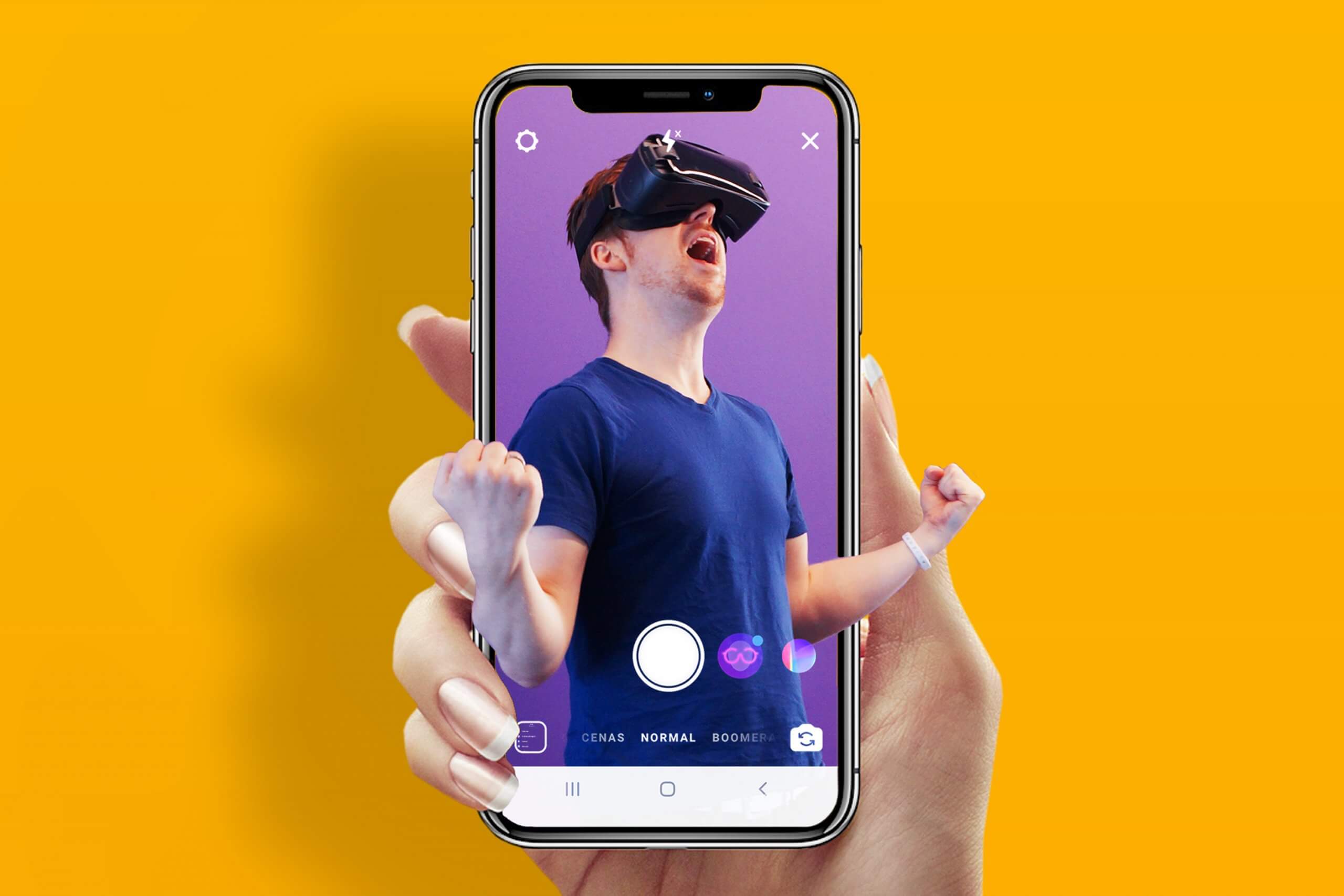




 Branding
Branding Digital Strategy
Digital Strategy PR & Communications
PR & Communications